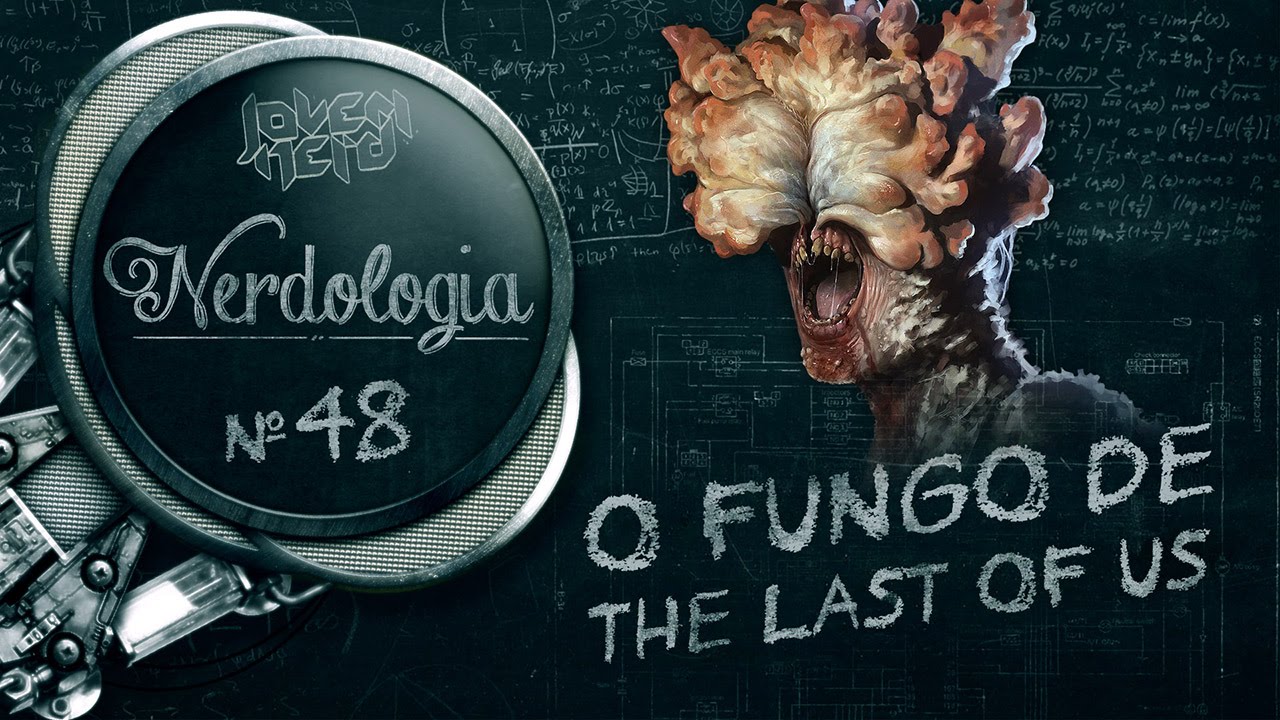CURTA A FANPAGE DE WATCH_DOGS
Neste episódio do Nerdologia vamos conhecer a inspiração para o fungo manipulador de The Last of Us
Apresentação e Roteiro:
Átila Iamarino –
Edição e Arte:
Tucano Motion –
Apoio:
Paloma Mieko –
ASSISTA TAMBÉM:
– LEVANTE ZUMBI | Nerdologia 1:
– COMO FUNCIONA A SUPERAUDIÇÃO? | Nerdologia 25:
SAIBA MAIS:
– Entrevista com os criadores do jogo:
– Site do professor Cassius Stevani:
– BBC – Planet Earth:
– Rabid: A Cultural History of the World’s Most Diabolical Virus, por Bill Wasik e Monica Murphy:
MATERIAL USADO
-Clicker by Thomas Wievegg
– What inspired The Last of Us (interview)
– Joel and Joe by Cheng
Cordyceps
– Paragordius tricuspidatus
– 121021
– Grasshopper Dissection
– Guy Kills Praying Mantis and Releases Alien Worm
– Edgar the bug by devilkais
– The Faculty
– Spider Man and Venom Sketch, by Loston Wallace
– Ophiocordyceps sinensis
– Cordyceps attack of the killer fungi – Planet Earth Attenborough BBC wildlife
– An Introduction to the Central Nervous System – UBC Flexible Learning
– The Last of Us Gameplay SPORE
– Different Animal Types – Covering Herbivores, Carnivores, Omnivores, Diurnal, Nocturnal
– Rabies Virus
– [RARE] Rabies in a human
– Teen Wolf Official Trailer
– The Last of Us – ‘Meet the Infected’ TRUE-HD QUALITY
– Body Invaders
– Uninfected Caterpillar
– Infected caterpillar
– Cassius Stevani: Nature’s bioluminescent mushrooms
– The Last of Us: Wasteland Beautiful
– FUNGHETTI BIOLUMINESCENTI
– Toxoplasmosis Gondii Temporal Illusions from parasitic brain infection
– Toxoplasma gondii – Life cycle and Invasion
– A Beautiful Mind
– Sacculina carcini in a crab from southwest Ireland
FONTES:
Pontoppidan, M. B.; Himaman, W.; Hywel-Jones, N. L.; Boomsma, J. J.; Hughes, D. P. “Graveyards on the move: The spatio-temporal distribution of dead Ophiocordyceps-infected ants”. PLOS ONE 4 (3) (2009): e4835.
Hughes, David P., Torsten Wappler, and Conrad C. Labandeira. “Ancient death-grip leaf scars reveal ant–fungal parasitism.” Biology letters 7.1 (2011): 67-70.
Grosman, Amir H., Arne Janssen, Elaine F. De Brito, Eduardo G. Cordeiro, Felipe Colares, Juliana Oliveira Fonseca, Eraldo R. Lima, Angelo Pallini, and Maurice W. Sabelis. “Parasitoid increases survival of its pupae by inducing hosts to fight predators.” PLoS One 3, no. 6 (2008): e2276.
Vyas, Ajai, Seon-Kyeong Kim, Nicholas Giacomini, John C Boothroyd, and Robert M Sapolsky. “Behavioral changes induced by Toxoplasma infection of rodents are highly specific to aversion of cat odors.” Proceedings of the National Academy of Sciences 104, no. 15 (2007): 6442-6447.
M. Berdoy, J.P. Webster, and D.W. MacDonald. “Fatal attraction in rats infected with Toxoplasma gondii.” Proceedings of the Royal Society B: Biological Sciences 267, no. 1452 (August 7, 2000): 1591-1594.
Webster, Joanne P., Maya Kaushik, Greg C. Bristow, and Glenn A. McConkey. “Toxoplasma gondii infection, from predation to schizophrenia: can animal behaviour help us understand human behaviour?.” The Journal of experimental biology 216, no. 1 (2013): 99-112.
SIGA-NOS NAS REDES SOCIAIS:
G+:
:
:

